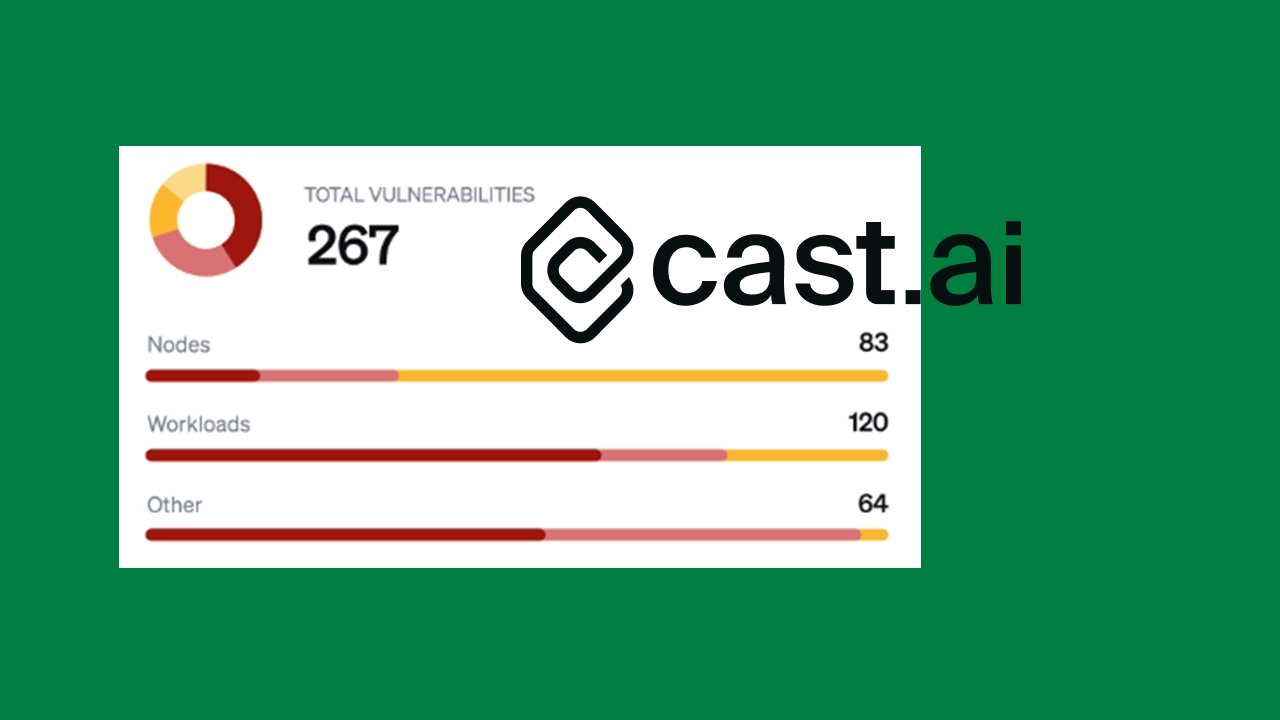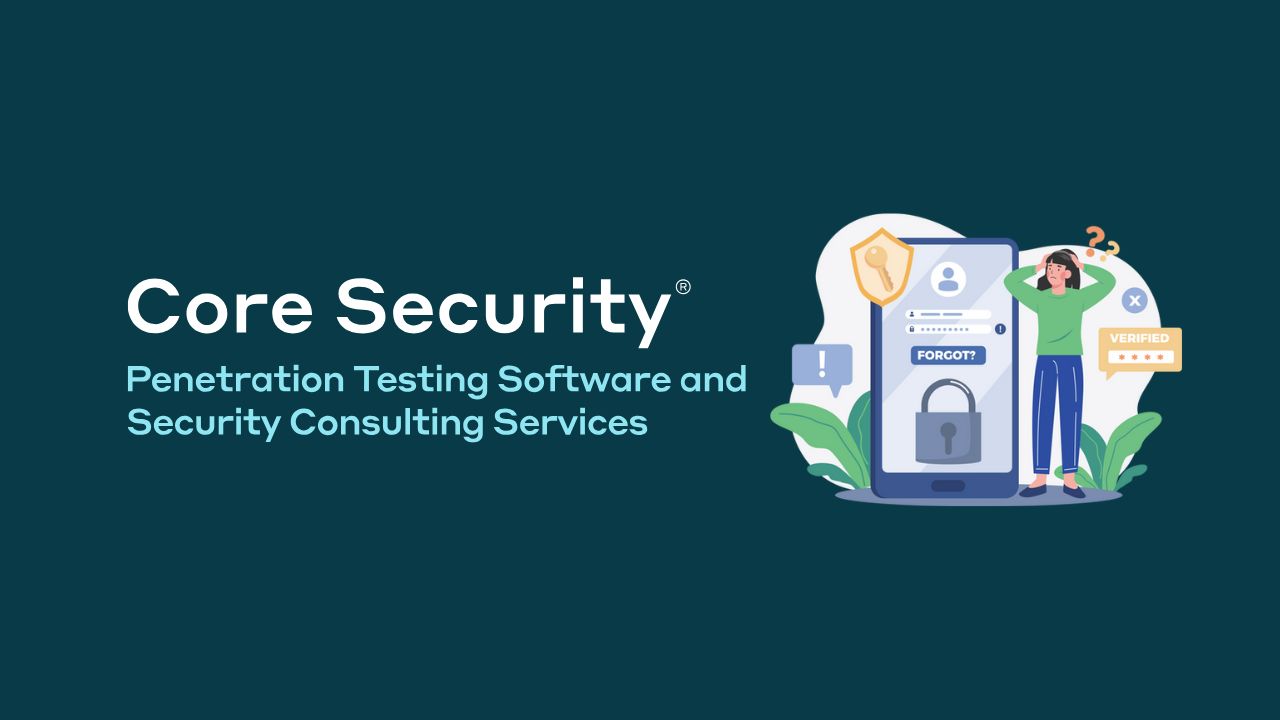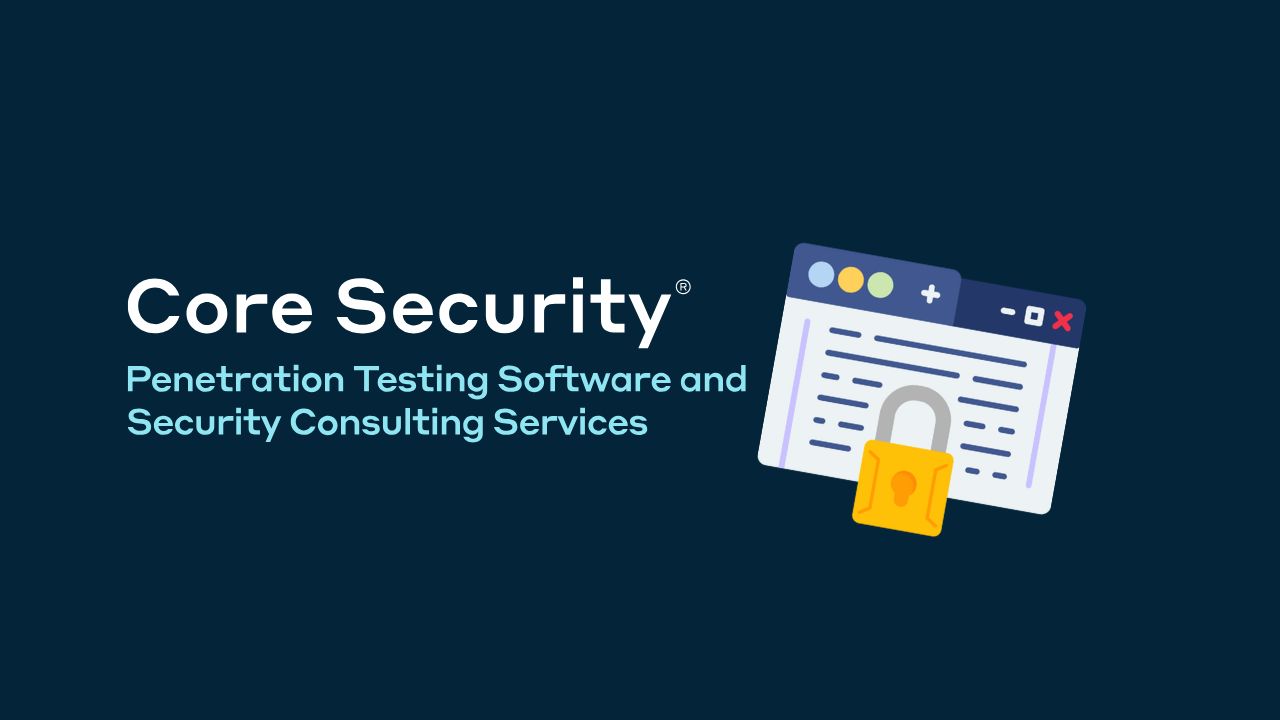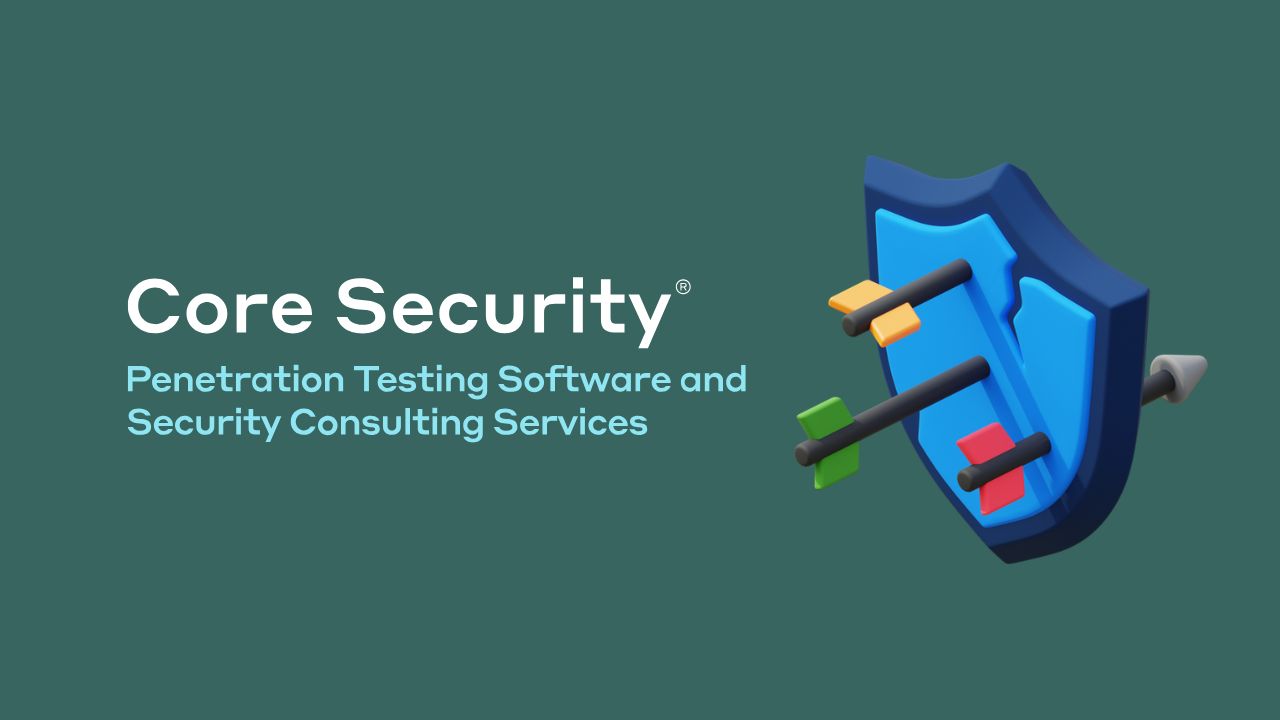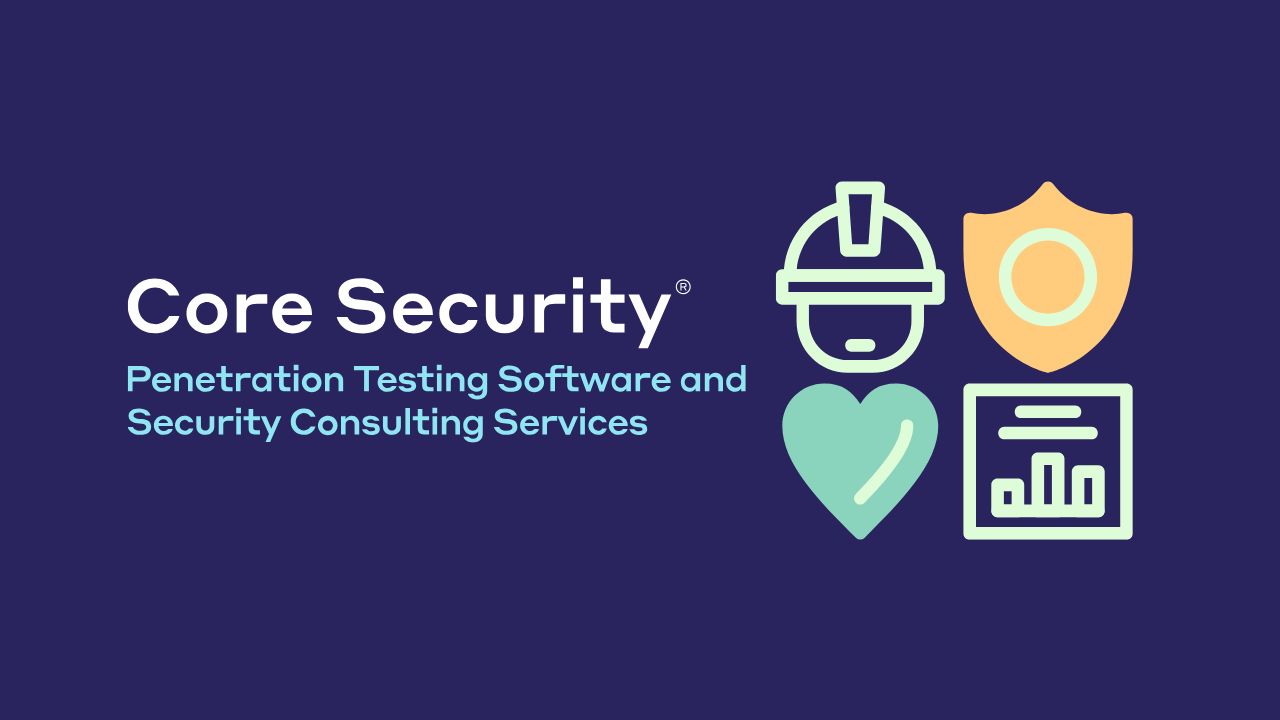Kubernetes and Container Security: Best Practices for a Secure Environment
In today’s digital landscape, Kubernetes has emerged as a leading platform for container orchestration. However, with the rise of containerized applications comes the critical need for robust security measures. This article explores essential best practices to enhance the security of your Kubernetes environment.
Understanding Kubernetes Security
Kubernetes security involves protecting the containerized applications and the orchestration layer from vulnerabilities and threats. The security of a Kubernetes cluster can be broadly categorized into several layers:
- Cluster Security
- Network Security
- Application Security
- Runtime Security
Best Practices for Kubernetes Security
1. Secure the Kubernetes API Server
The API server is the central management entity in Kubernetes. It is crucial to secure it by:
- Using Role-Based Access Control (RBAC): Implement RBAC to restrict access to resources based on user roles.
- Enabling API Auditing: Enable auditing to track access and changes made to the API server.
- Using TLS Encryption: Ensure all communication with the API server is encrypted using TLS.
2. Network Policies
Implement network policies to control the traffic between pods. This helps in:
- Restricting Communication: Limit which pods can communicate with each other, reducing the attack surface.
- Segregating Environments: Create separate network policies for production and development environments.
3. Pod Security Standards
Utilize Pod Security Standards to enforce security contexts for pods. Key measures include:
- Run as Non-Root User: Ensure containers run as non-root users to minimize the impact of a potential breach.
- Limit Capabilities: Remove unnecessary capabilities from containers to reduce their attack vectors.
4. Image Security
Secure your container images by:
- Scanning Images for Vulnerabilities: Use tools to scan images for known vulnerabilities before deploying them.
- Using Trusted Registries: Only pull images from trusted sources and registries.
- Implementing Image Signing: Sign images to ensure their integrity and authenticity.
5. Secrets Management
Manage secrets effectively by:
- Using Kubernetes Secrets: Store sensitive information like passwords and API keys in Kubernetes Secrets.
- Integrating with External Secret Management Tools: Consider using tools like HashiCorp Vault or AWS Secrets Manager for enhanced security.
6. Regular Updates and Patching
Keep your Kubernetes environment updated by:
- Patching Kubernetes Components: Regularly update Kubernetes components to protect against known vulnerabilities.
- Updating Container Images: Ensure that all container images are regularly updated to include the latest security patches.
7. Monitoring and Logging
Implement comprehensive monitoring and logging solutions to:
- Detect Anomalies: Monitor for unusual activities and potential security breaches.
- Maintain Audit Trails: Keep logs of all actions performed within the Kubernetes cluster for forensic analysis.
8. Network Segmentation
Segment your network to isolate sensitive workloads. This can be achieved by:
- Using Virtual Private Networks (VPNs): Securely connect different parts of your infrastructure.
- Implementing Firewalls: Use firewalls to control traffic between segments.
Conclusion
Securing your Kubernetes environment is essential for protecting your applications and data. By following these best practices, you can significantly reduce the risk of security breaches and ensure a more resilient infrastructure. As the landscape of threats continues to evolve, staying informed and proactive is key to maintaining a secure Kubernetes deployment.
By implementing these strategies, organizations can leverage the power of Kubernetes while minimizing security risks. Remember, security is not a one-time effort but an ongoing process that requires vigilance and adaptation.
Security context Kubernetes, Kubernetes security, Pod Security policy, Kubernetes tutorial, Secure kubernetes cluster, Network policy Kubernetes, Kubernetes networking, Kubernetes deploy
